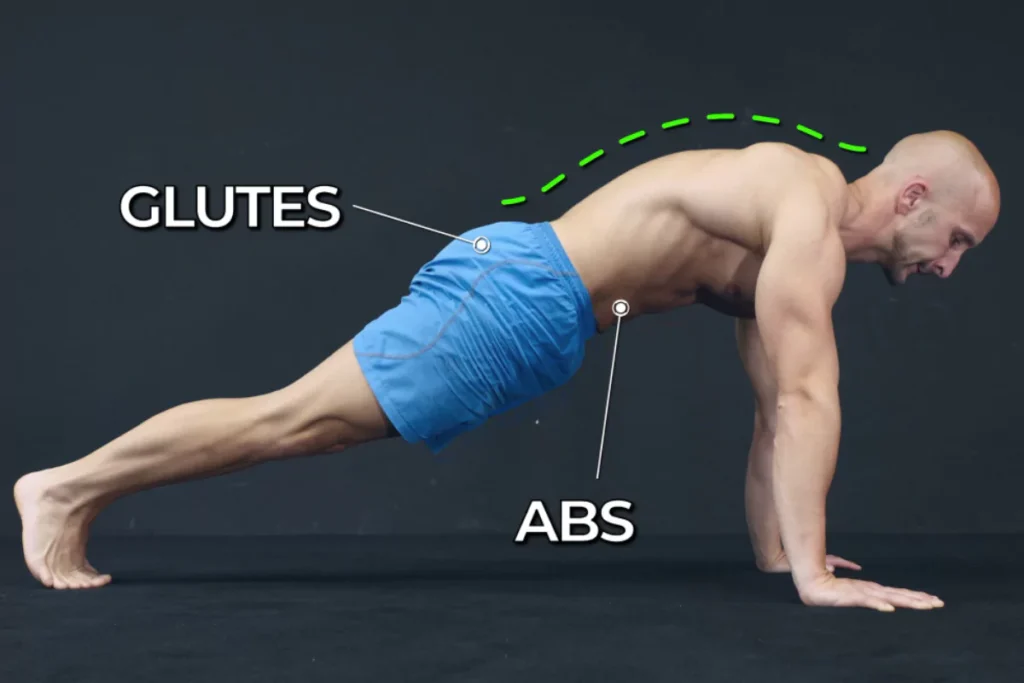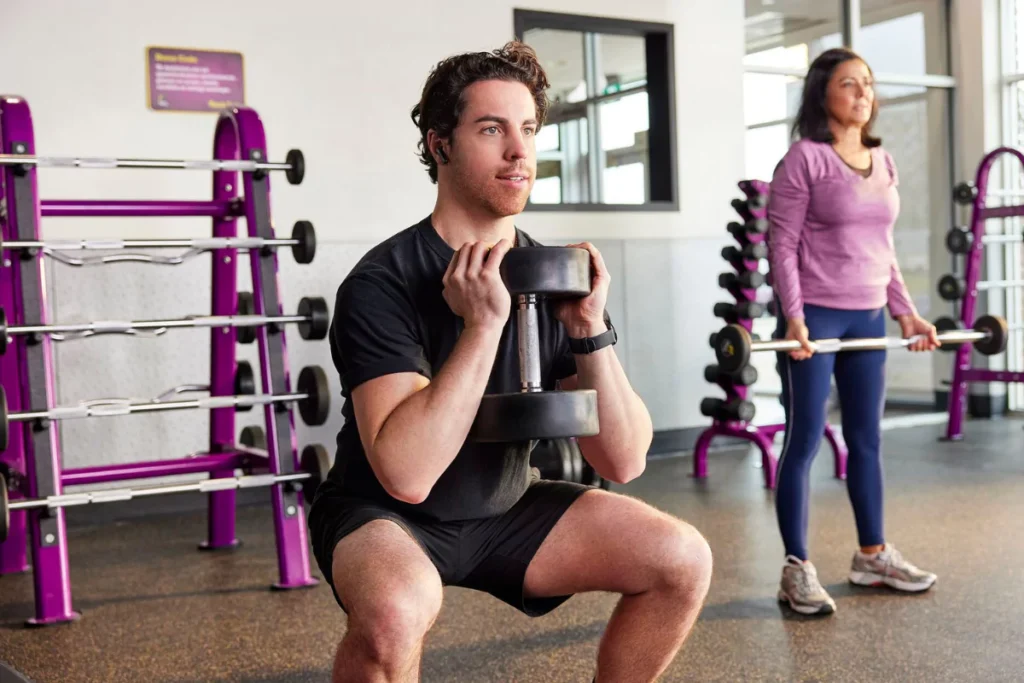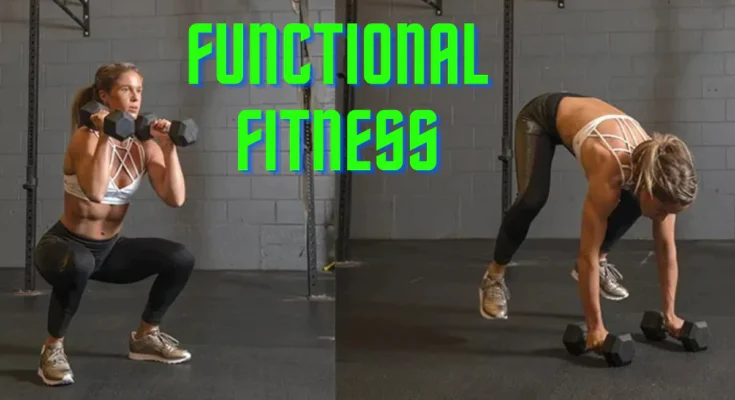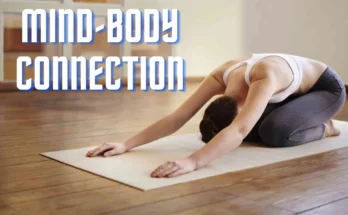Hello People! Functional fitness strengthens your body muscles so that you can meet everyday tasks as you progress through life. In this approach, the exercises are designed more as functional movements that allow people to go about their daily business with less difficulty or potential for harm.
Below are helpful tips and movements to include functional fitness in your fitness regimen.
Table of Contents
Key Exercises

Squats: Squats exercise the leg and stomach muscles where you sit and stand. To do a standard squat, one has to place the legs wide apart as if about to witness an explosion, bend at the waist, and move the bottom towards the floor as though sitting on a chair and then go back up. Try to do three sets by 10-15 repetitions.
Lunges: Lunges are great for coordinating movements of leg and glute muscles. Step forward with your lead foot while allowing the rear knee to drop toward the ground; the front knee should be aligned with the front shin. Supersets are where one performs three sets of exercises ranging from 10-12 reps for each side.
Push-Ups: This fine exercise is for limb and torso development as it imitates pushing oneself off the ground. Place your palms and feet on the ground and bend one low until your upper body almost touches the floor. Then, use your arms to push yourself back into the standing position. Perform them at least as a modification if necessary; do them on your knees. Ideally, it should be about three sets of 8-15 repetitions.
Deadlifts: Deadlift again involves the posterior chain, which is used in lifting objects off the ground. With a weight or a sturdy object, stand with your feet shoulder-width apart, bend forward at the waist, and walk the weight out to the floor. Return to standing. As for the overall number of repetitions, try to get through three sets of 10.
Plank Variations: Planks strengthen the core muscles, are critical for good posture, and also decrease the chances of a person getting an injury. It begins from a forearm plank position where your arms, legs, abdomen, back, and buttocks should form a straight line from head to heels. Hold for 20-60 seconds. Try side planks or plank lifts to help change it up.
Advantages of Getting Involved In Functional Fitness
Functional fitness goes beyond creating strength and stamina; it also makes the muscles elastic and helps control balance. These attributes are necessary for performing routine tasks like climbing stairs, lifting groceries, or even playing with children.
Also, it noted that functional exercises offer the option of working out more than one muscle at once, making the exercise program more effective.
The following video explains about Benefits of Functional Fitness:
Tips for Success

Start Slow: If you are just starting the exercise, start with simple exercises before using weights. Control and be careful not to cause injury.
Consistency is Key: The goal is to exercise at least 150 minutes throughout one week; include functional exercises 2-3 times.
Listen to Your Body: Take breaks as desired and adjust the exercises as your physical abilities prescribe. Consult your doctor before beginning any exercise program if you have any health problems.
That way, as you focus on functional fitness, you can be sure your general well-being will be boosted. Squats, reach, and pickups, single-legged stances, side movements, and shuffling exercises will enable you to do daily activities without much strain.
FAQ
1. What is functional fitness?
Functional fitness is all about performing movements that help strengthen, balance, and flex, which are needed for common use.
2. When am I most likely to benefit from functional fitness exercises?
Ideally, 2-3 times a week, including aerobic and flexibility training, for the best health benefits.
3. Is functional fitness for newbies?
Absolutely! Most functional exercises can be adapted to the novice group, considering initial bodyweight preparation before incorporating weights.
4. Functional fitness is on the list of suggestions for exercise for people at home, so will I require special equipment?
Not necessarily. Most functional workouts can be performed without the help of any equipment or with simple equipment like dumbbells or rubber bands.




